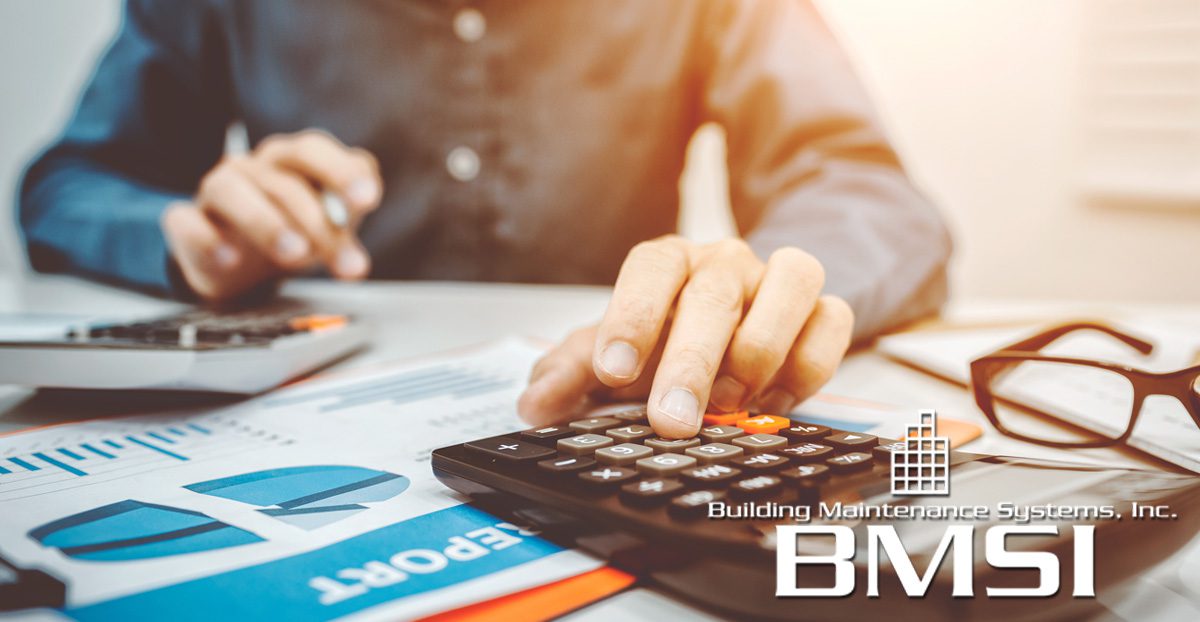 Whether it’s during the summer when most occupants are on vacation or during a global pandemic, there are times when commercial buildings have reduced occupancy. Facility managers and commercial building owners can use several strategies to optimize their buildings during these times to ensure operational efficiency while maintaining occupant safety and continued service. Consider these cost-saving measures to optimize your buildings during reduced occupancy.
Whether it’s during the summer when most occupants are on vacation or during a global pandemic, there are times when commercial buildings have reduced occupancy. Facility managers and commercial building owners can use several strategies to optimize their buildings during these times to ensure operational efficiency while maintaining occupant safety and continued service. Consider these cost-saving measures to optimize your buildings during reduced occupancy.
Take Advantage Reduced Occupancy
With fewer people in the building, now may be the best time to complete maintenance tasks and perform upgrades. Consider installing UV lighting disinfection in the HVAC system to clean the air filtering through, eliminating viruses and bacteria that will increase with capacity. You can set up systems to operate remotely, limiting the need for on-site teams while the building is at reduced occupancy.
Once the building is ready to return to typical operations, you’ll be able to take advantage of cost savings and improved efficiency measures. Plus, reduced occupancy allows for troubleshooting new equipment and establishing a new routine, if needed.
Reduced Occupancy Mean Reduced Lighting
Light consumption can quickly drive up operation costs depending on the type of lighting used. Limit lighting usage with motion sensors, automatic timers, or having occupants ensure lighting is only used in occupied spaces during low occupancy.
Maintain Renewable Usage
If your commercial building uses renewable power sources, like solar panels or geothermal energy, allow the power to continue producing. Maintaining temperatures can help you save energy with geothermal heating and cooling systems. You may store or sell back solar-powered energy to the grid that isn’t being consumed due to reduced occupancy with solar panels.
Consider Adjusting HVAC Settings
With fewer people in the building, you may optimize the building and save money by adjusting the HVAC settings. In warmer months, you can increase the air temperature with minimal impact on remaining staff or tenants. Turning down the ventilation can allow outside air to cool occupied spaces.
Consider opening window blinds or coverings during winter months to allow the sun to warm up spaces, especially in closed-off areas. You can do the opposite in warmer months to reduce the load on the HVAC system. Alternatively, occupants can move to the central areas of the building to save on cooling and heating the exterior areas of the building.
Working with your maintenance team, you can adjust the HVAC system to ensure on-site occupants’ comfort while putting less stress on the units and improving cost savings.
Control Humidity
With fewer people in the building, moisture and mold can become an issue if the proper temperature isn’t maintained. Monitoring for humidity can prevent moisture buildup, eliminating the chance of illness in occupants and ensuring a safe and seamless return when occupancy increases.
Helping You Optimize Your Buildings
While these strategies can offer cost savings and building efficiency, they only scratch the surface of the possibilities available to optimize your buildings during reduced occupancy. At BMSI in Washington, D.C., we employ building maintenance and engineer staff, so you don’t have to. Whether you need one person or an entire team for a limited time or long-term, the staff at BSMI can help ensure your buildings are running efficiently at all times, regardless of occupancy. Contact us today to learn how we can help you optimize your buildings.

